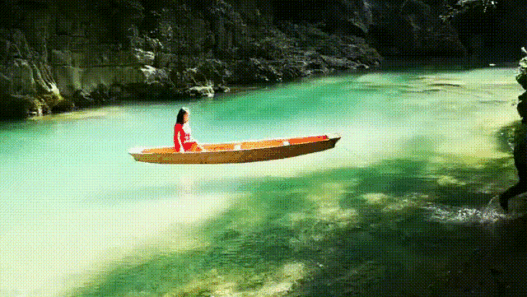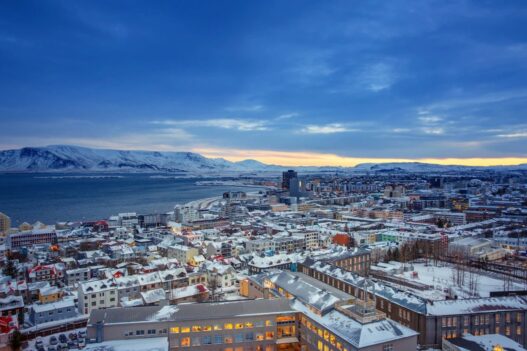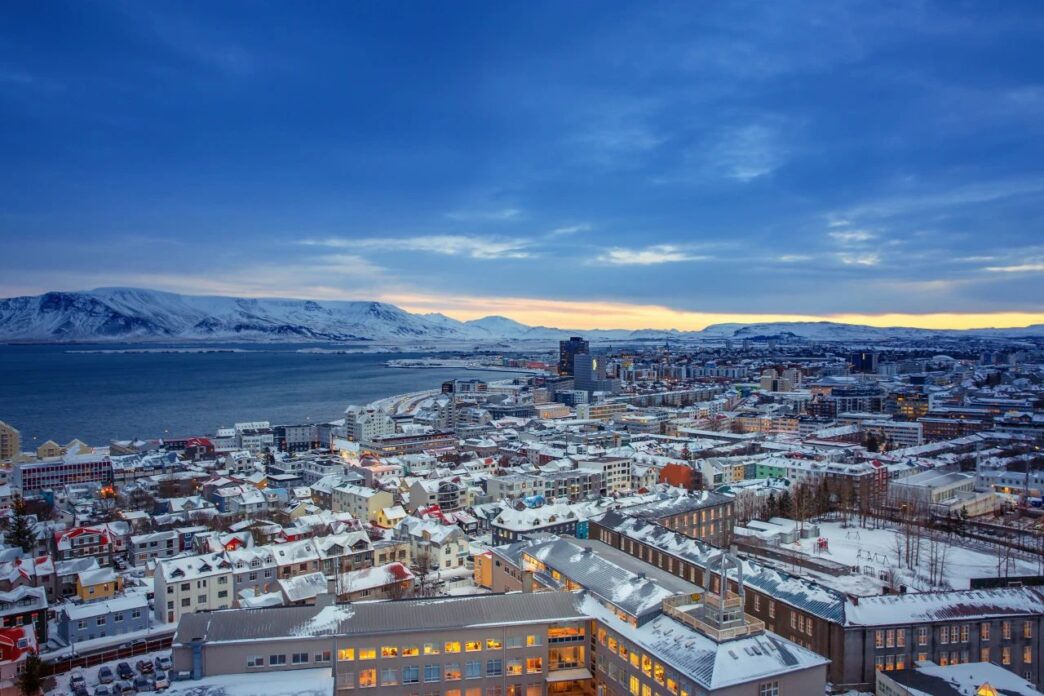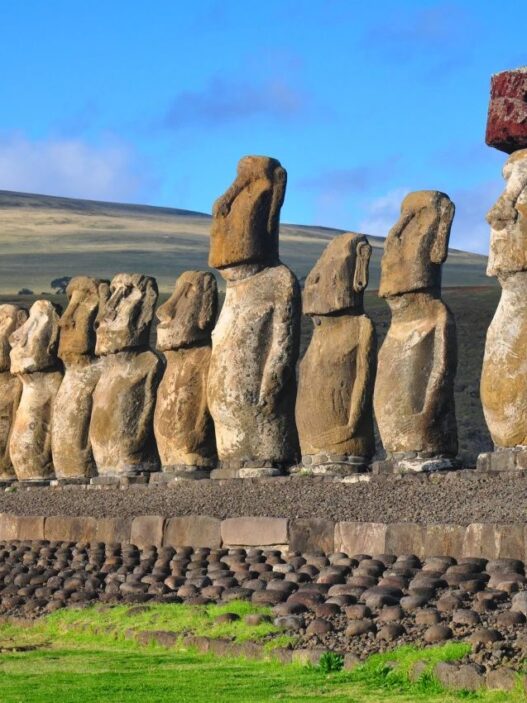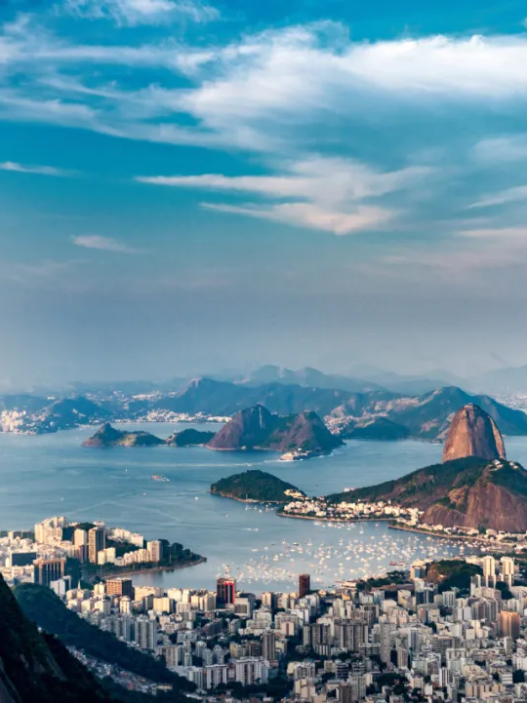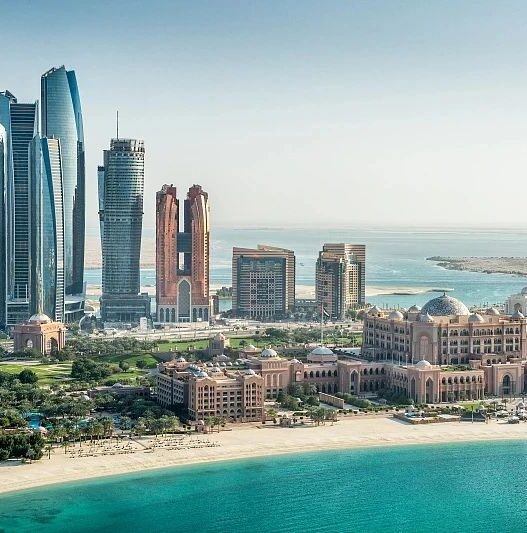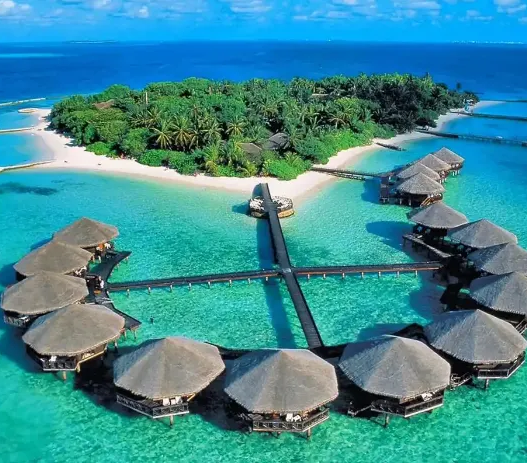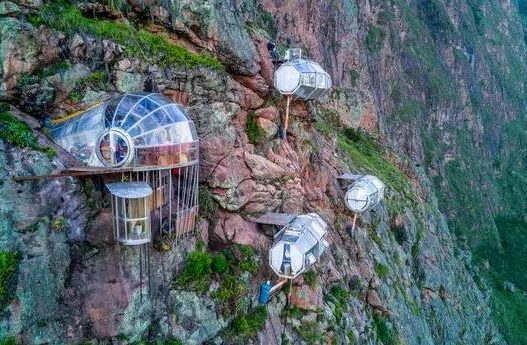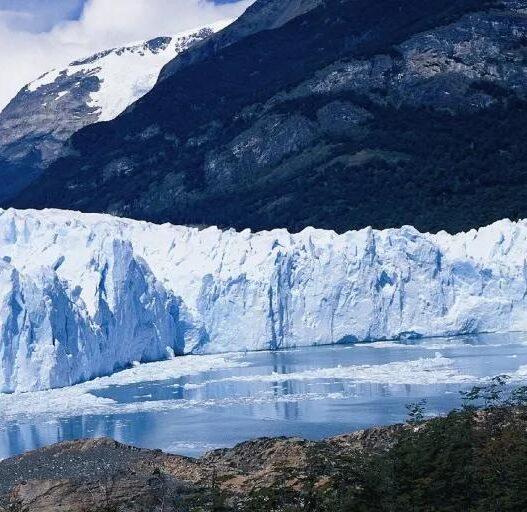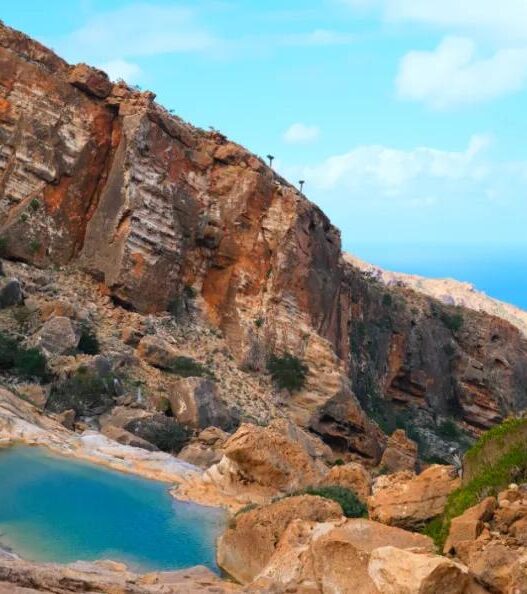The Arctic, the region north of 66°34′N, where the Arctic Ocean occupies 60% of the area, with the rest being a wilderness covered in ice and snow.
The Arctic Circle encompasses Greenland, Northern Europe, northern Russia, and northern Canada, belonging to Iceland, Norway, Denmark, Sweden, Finland, Russia, Canada, and the United States, these eight circumpolar nations.
Compared to Antarctic travel, the Arctic is more accessible, but its travel routes and methods are more varied and complex.
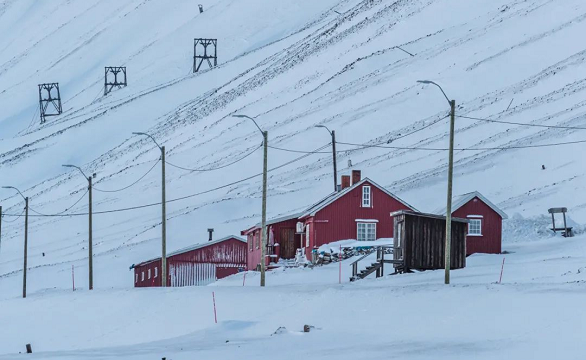
Three Concepts of the Arctic
First, “Arctic Circle,” “Arctic,” and “North Pole” are three entirely different concepts, from largest to smallest:
Arctic Circle: Land within the Arctic Circle belongs to Iceland, Denmark, Norway, Sweden, Finland, Russia, Canada, and the United States. Many who say they’ve been to the Arctic have only visited one of these eight countries.
Arctic: Refers to Norway’s Svalbard Archipelago, Denmark’s Greenland, and Iceland, known as the “Arctic Triad.” These areas encapsulate the unique ecology and landscapes of the Arctic, making them excellent choices for exploring Arctic diversity.
North Pole: The North Pole is the most difficult to reach, requiring an icebreaker, and only two ships are capable of making the journey, at specific times.
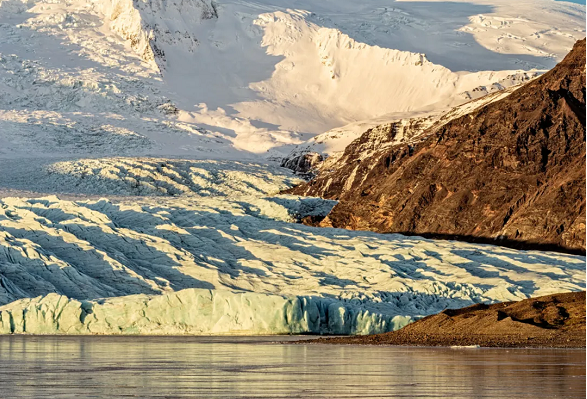
The Antarctic is majestic, while the Arctic is beautiful. For instance, in the Antarctic, you might see 300,000 penguins at once, a grand sight; in the Arctic, there are only 25,000 polar bears worldwide, but the species diversity is particularly rich. You can see the plants, animals, glaciers, belugas under the ice, Arctic foxes, walruses, and seals, all creatures from documentaries.
The Nordic Five: Surprises Under the Aurora

The Nordic region refers to the Scandinavian Peninsula, known for its minimalist style, comprising five countries:
Finland: The homeland of Santa Claus, the land of a thousand lakes.
Iceland: Where volcanoes and glaciers coexist, a world apart.
Norway: The land of fjords, where mountains meet the sea.
Denmark: The fairy-tale kingdom, owning Greenland and the Faroe Islands.
Sweden: The Nordic snow country, peaceful and serene.
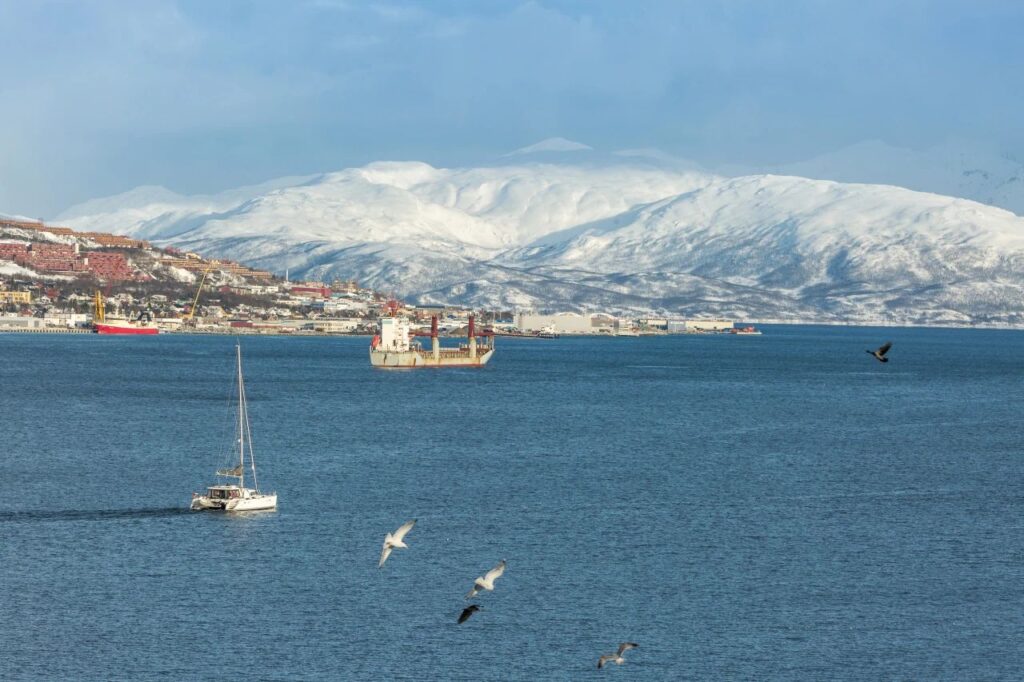
The Arctic Triad: A Must-Visit, Frigid Wonderland
Svalbard: Entering the Kingdom of Polar Bears
Norway’s Svalbard Archipelago, in the north, is the most vibrant group of islands within the Arctic Circle, facing the Scandinavian Peninsula across the sea. This is the most visited area and the docking and departure point for many Arctic cruises.
Svalbard consists of nine main islands and several smaller ones, with 60% of the land covered by glaciers. The islands have an airport and ports open in the summer, where tourists begin their Arctic exploration. About 3,000 polar bears live on the island, making it one of the easiest places to spot them.
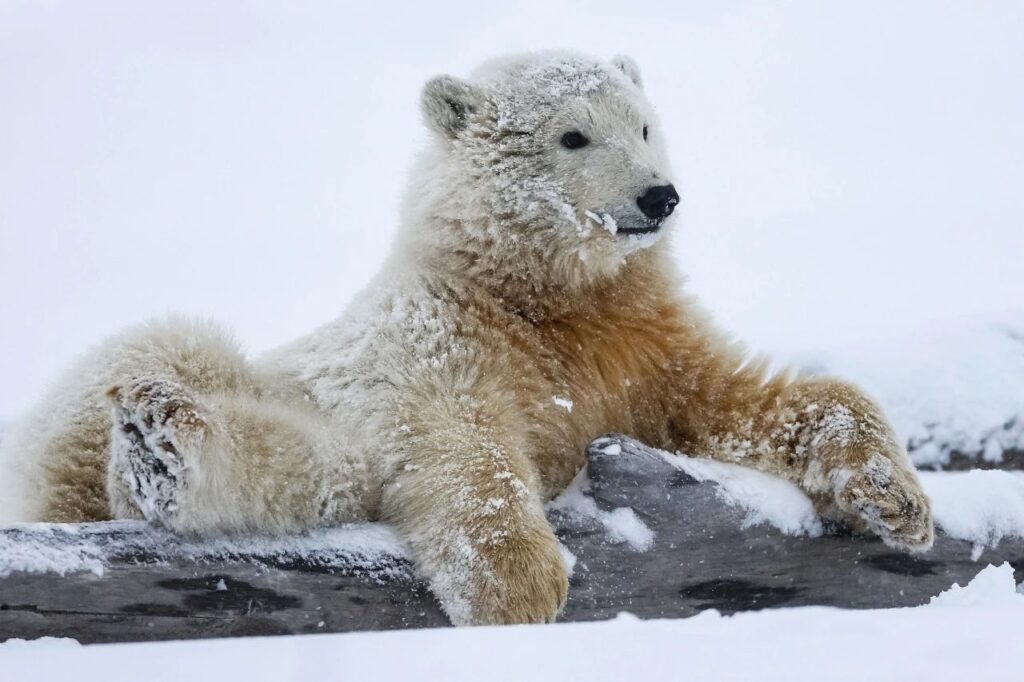
Greenland: Encountering the Northern Lights at Sea
Greenland, belonging to Denmark, is the world’s largest island, with most of its territory within the Arctic Circle.
Greenland’s glaciers are second only to Antarctica in scale. The island is filled with fjords and glaciers, where icebergs drift when glaciers calve. Cruising through the icebergs is an irresistible sight.
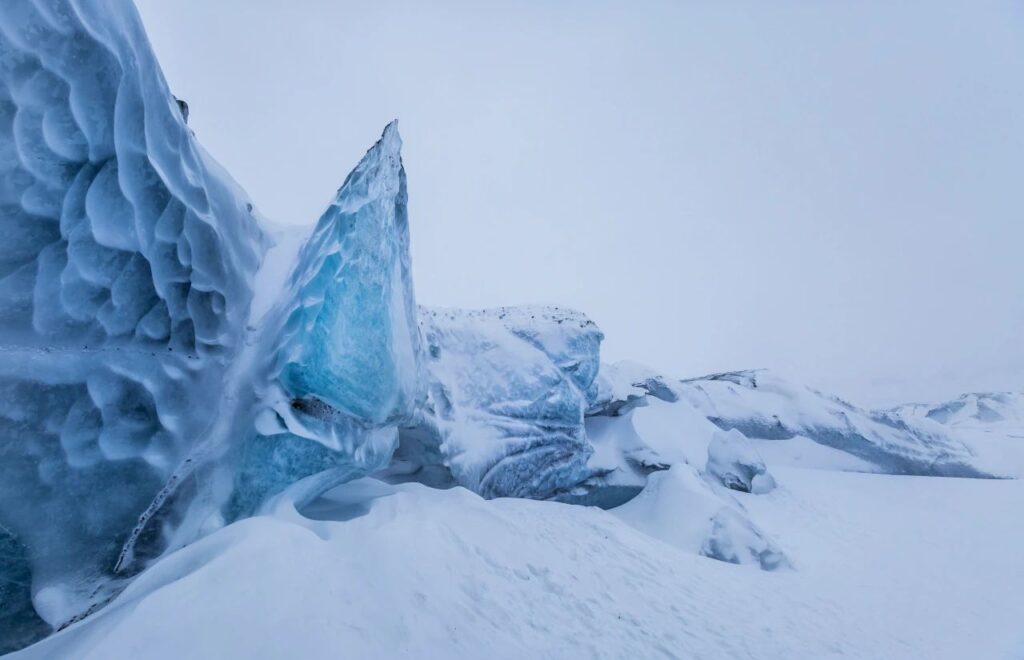
As one of the best places in the world to see the Northern Lights, here, you can witness the dancing green lights over the sea, even reflecting off the icebergs, a sight unseen from land.
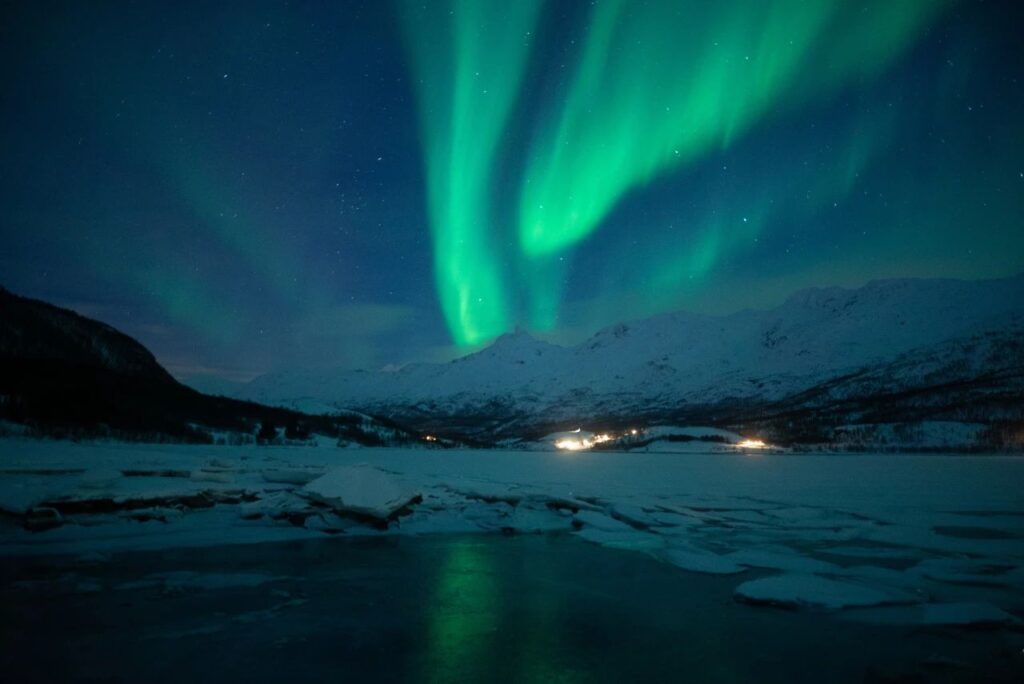
Besides the natural scenery, chasing Arctic wildlife is another unique experience not to be missed in Greenland, with musk oxen, polar bears, Arctic foxes, whales, and seabirds… all contributing to a vibrant Arctic ecosystem.
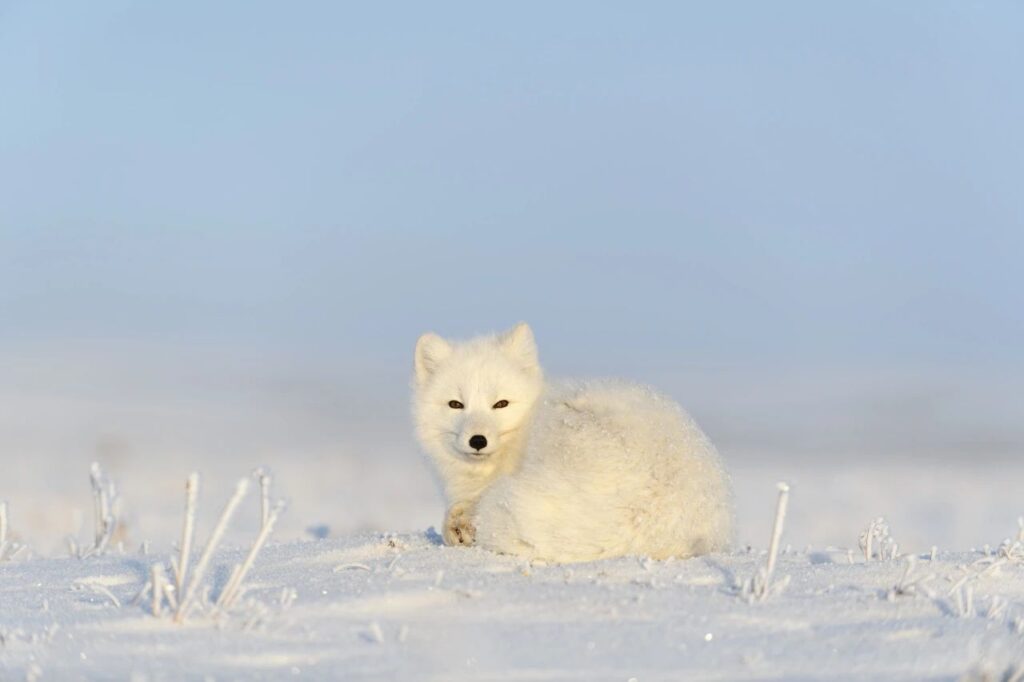
Iceland: Composing a Song of Ice and Fire
Outside the Arctic Circle, Iceland is the only country entirely within the aurora belt. Whether strolling through the streets at night, in lush forests, or atop vast glaciers, the aurora can suddenly appear.
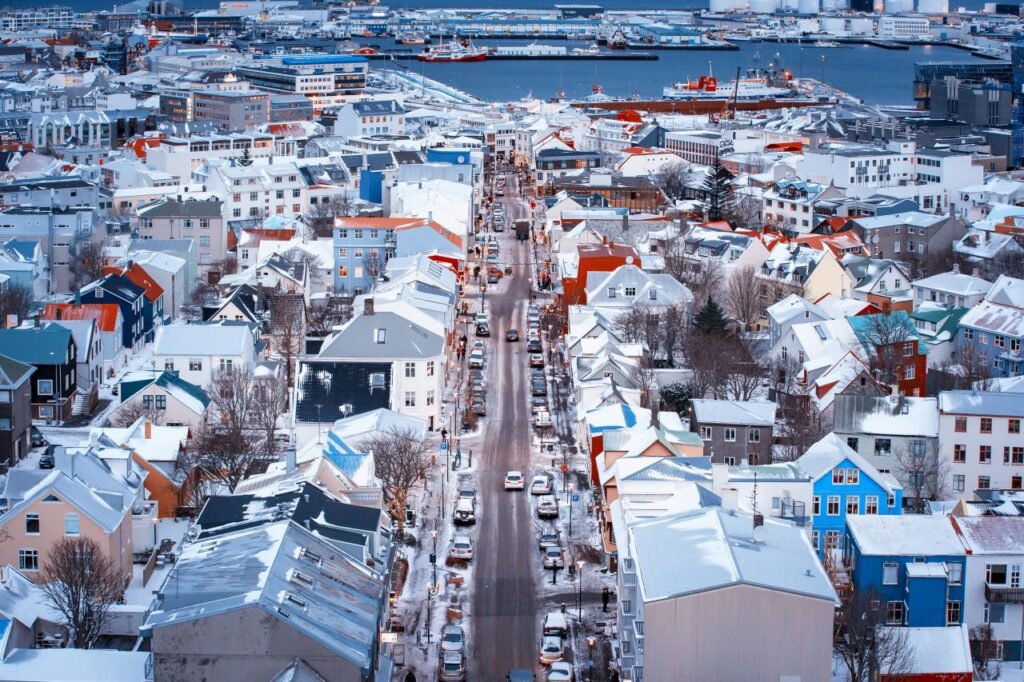
In addition to the Northern Lights, Iceland is also known for its serene coastlines, magnificent volcanoes, vast tundra, and apocalyptic black sand beaches… This vast wilderness, gathering a collection of unique landscapes, stirs a desire for exploration.
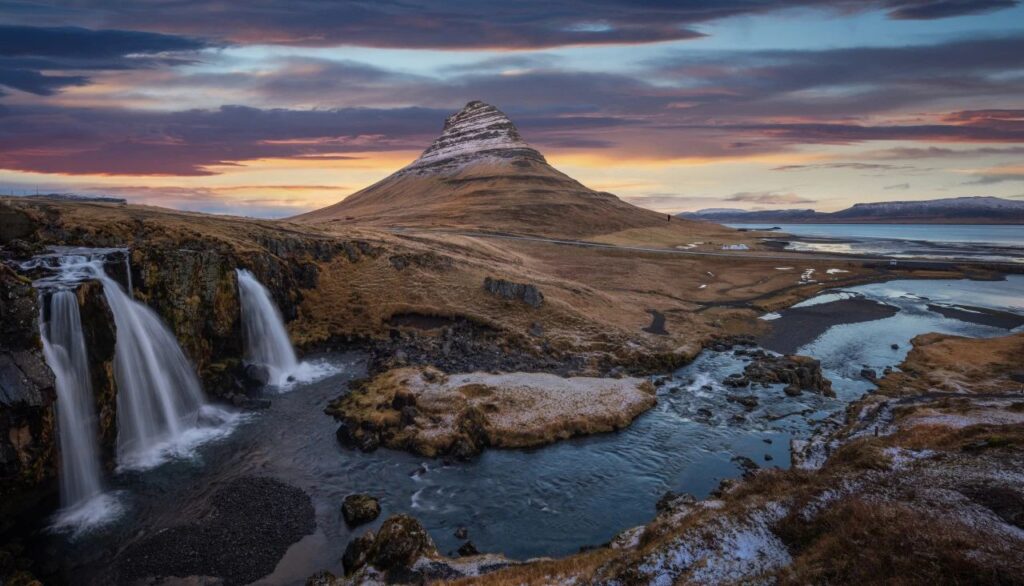
North Pole: The Top of the World, Icebreaker Voyage
The North Pole, at 90°N, a mysterious place perennially covered in ice, with the nearest land at least 700 kilometers away.
On April 6, 1909, American explorer Robert Peary first successfully reached the North Pole, and to this day, people still harbor great enthusiasm for exploring it. With technological advancements, reaching the North Pole is no longer technically challenging, and Arctic travel has become more mature, but even today, few have set foot on the top of the world, with fewer than 1,500 visitors each year.
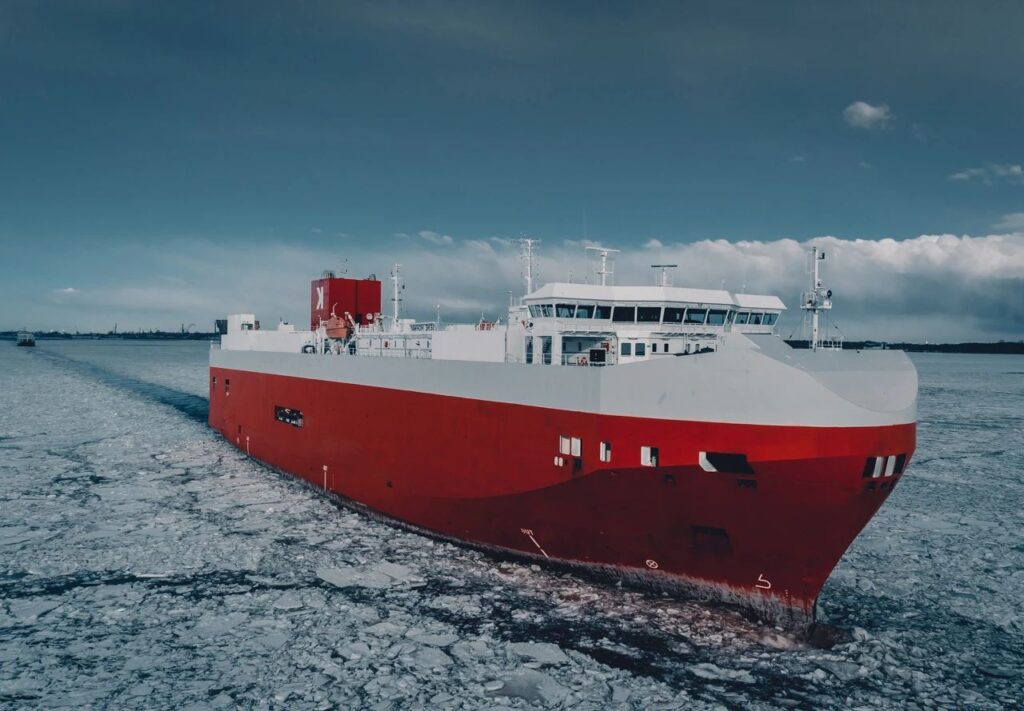
Currently, there are only two options for reaching the North Pole by cruise: “Captain Khlebnikov” and “50 Years of Victory.”






